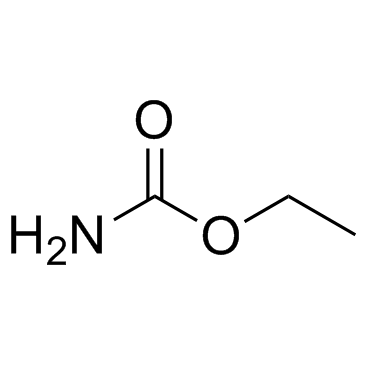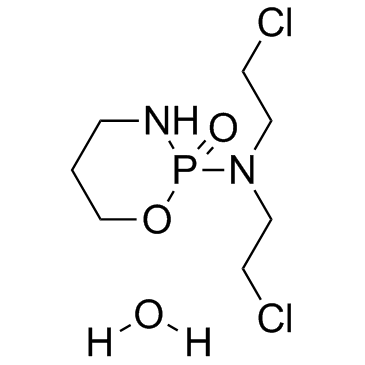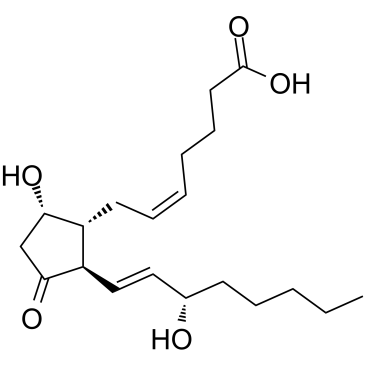| 结构式 | 名称/CAS号 | 全部文献 |
|---|---|---|
 |
氨基甲酸乙酯
CAS:51-79-6 |
|
 |
环磷酰胺,一水
CAS:6055-19-2 |
|
 |
前列腺素 D2
CAS:41598-07-6 |
|
 |
盐酸非索非那定
CAS:153439-40-8 |